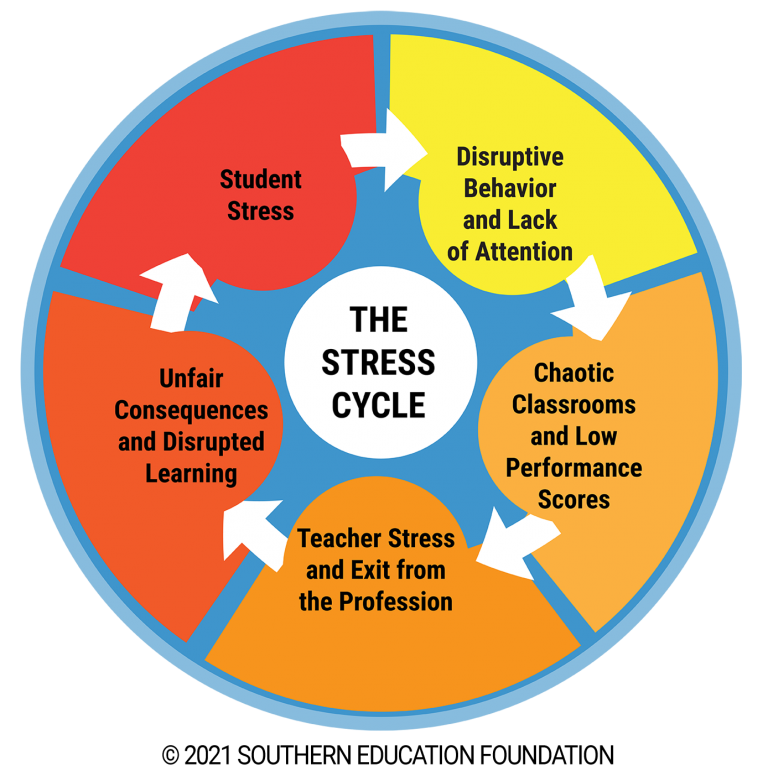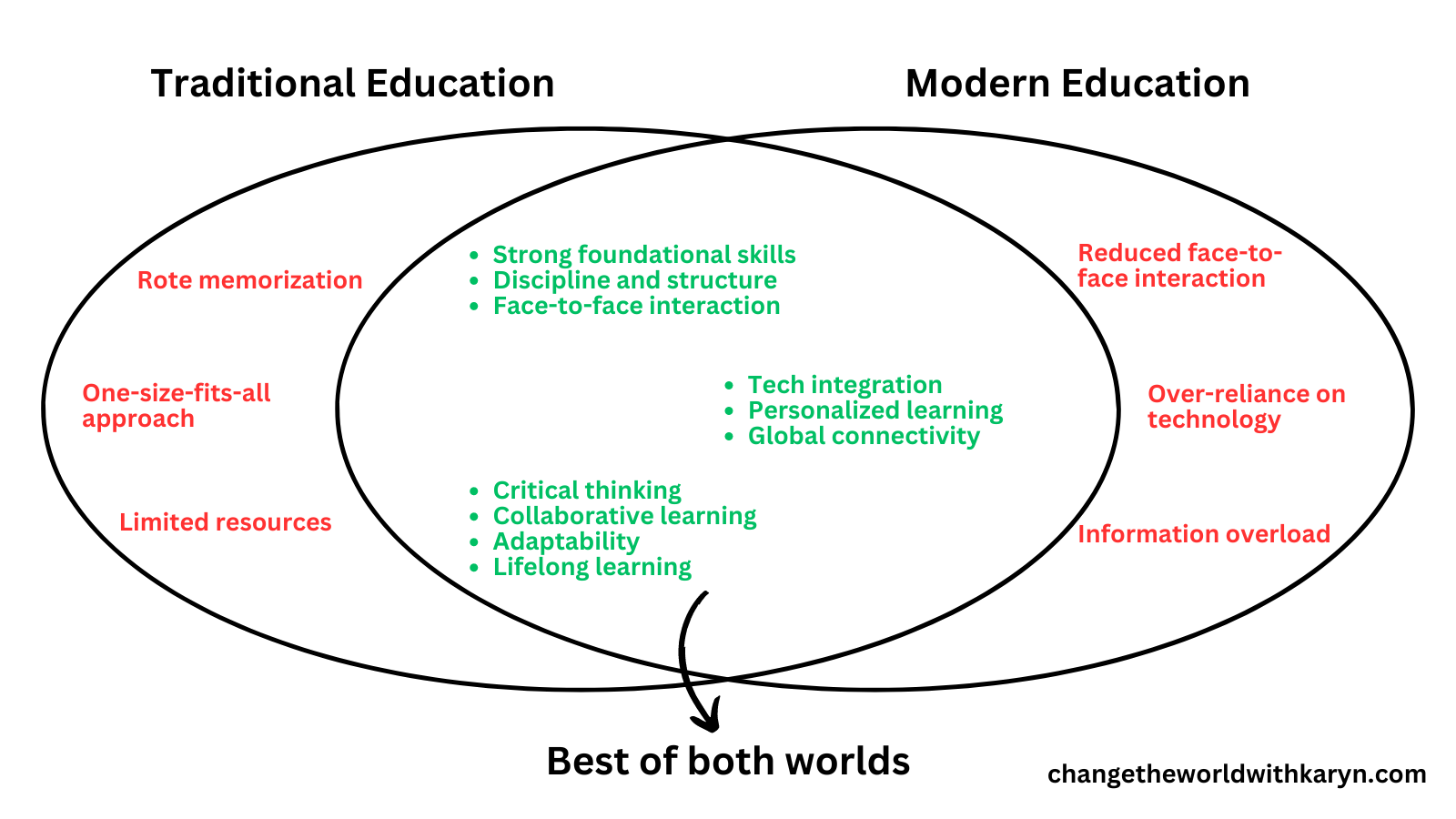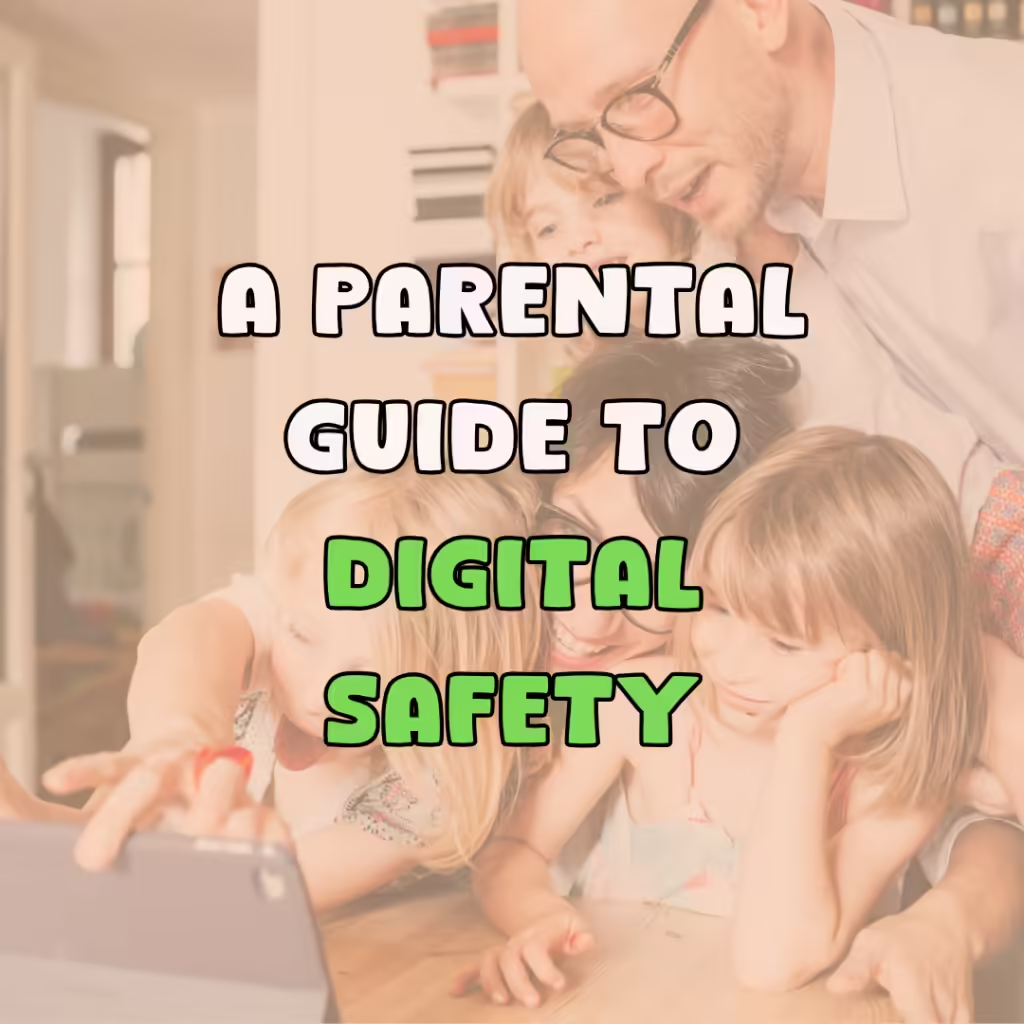Modern Education Challenges Every Parent and Teacher Needs to Know
Written by Anup Saptarshi
Education has always been a cornerstone of societal development, shaping the minds and skills of future generations. However, the educational landscape is rapidly changing in the 21st century, presenting a variety of new challenges that affect both educators and students. These modern challenges stem from technological advancements, shifting societal expectations, and evolving student needs.
In this article, we will explore some of the most pressing issues in the current state of the education system today, including technology integration, mental health concerns, inclusive education, teacher burnout, and the impact of socioeconomic disparities.
Integration of Technology in Education
Technology has transformed many aspects of life, and education is no exception. Online learning platforms and new tools play a key role in how students learn and attend classes. Integrating digital tools and resources in the classroom can enhance learning experiences and provide students with access to a wealth of information. However, this shift also brings significant challenges.

One major issue is the digital divide. Not all students have equal access to technology, such as computers or reliable internet connection, creating disparities in learning opportunities. Additionally, the increased use of technology can lead to distractions in the classroom. Students may be tempted to use devices for non-educational purposes, which can detract from their learning.
Furthermore, there is a need for adequate training for educators in using technology effectively. Many teachers are not adequately prepared to incorporate digital tools into their teaching practices, which can lead to ineffective use of technology and frustration for both teachers and students.
Mental Health Concerns
Mental health issues among students have become a growing concern in recent years. The pressure to perform academically, coupled with social and personal challenges, can lead to increased levels of stress, anxiety, and depression among students. The COVID-19 pandemic has exacerbated these issues, as many students faced isolation, uncertainty, and disruptions to their education.
The education system must prioritise the holistic development of students, addressing mental health as an essential component of the learning environment. Schools are now recognising the importance of supporting students’ mental health, but there are many challenges still in providing adequate resources and support.
Many educational institutions lack the funding and trained personnel needed to address these issues effectively. Additionally, there is often a stigma associated with seeking help for mental health concerns, which can prevent students from accessing the support they need.
Inclusive Education
Inclusive education aims to ensure that all students, regardless of their abilities or backgrounds, have access to a quality learning environment. This approach to quality education recognizes the diverse needs of students and strives to provide an environment where everyone can learn and thrive.
However, implementing inclusive education presents several challenges. Teachers may lack the training and resources needed to support students with diverse needs, such as those with disabilities or those who are English language learners. There may also be resistance to inclusive practices from educators or parents who are accustomed to traditional methods of education.
Moreover, inclusive education requires changes to curriculum design, teaching strategies, and assessment methods. These changes can be difficult to implement, especially in underfunded schools or those with limited access to professional development opportunities for teachers.

Modern world initiatives such as ChangeTheWorldWithKaryn forged valuable partnerships with schools in the Philippines, aiming to enhance learning opportunities and educational outcomes for students. By collaborating closely with local educational institutions, we bring engaging storytelling and interactive learning experiences to classrooms, helping to foster a love for reading and improve literacy skills.
Through these initiatives, our YouTube channel StoryTimeWithKaryn provides access to a diverse range of relevant stories, educational resources, allowing students to learn valuable life lessons at their own pace. You can also download printable worksheets that pair with every video over on our free online kids book club.
Teacher Burnout and Retention
Teaching is a demanding profession, and many educators face high levels of stress and burnout. Factors contributing to teacher burnout include large class sizes, lack of administrative support, low salaries, and the pressure to meet standardized testing requirements.

Burnout can lead to high turnover rates among teachers, which negatively impacts student learning and school stability. When qualified teachers leave the profession, schools lose valuable knowledge and expertise. Additionally, frequent turnover can disrupt the continuity of education for students, leading to lower academic achievement and reduced engagement.
Addressing the teacher shortages and burnout requires a multifaceted approach, including providing better support and resources for teachers, improving working conditions, and recognizing the importance of teachers’ well-being.
One way ChangeTheWorldWithKaryn helps is by offering worksheets for every book we cover on our YouTube channel, free of charge, enabling us to develop new teaching methods for the modern world.
Socio-Economic Disparities in Education
Socio-economic disparities continue to be a significant challenge in education. Students from low-income families often face barriers to educational success, such as limited access to quality schools, extracurricular activities, and resources like textbooks and technology.
These disparities can result in achievement gaps, where students from higher-income families tend to perform better academically than their peers from lower-income backgrounds. The achievement gap can have long-term consequences, affecting students’ opportunities for higher education and employment.
Addressing socioeconomic disparities requires targeted interventions and policies that promote equity in education. This can include funding for schools in low-income areas, programs that provide additional support for disadvantaged students, teacher training and initiatives to engage families and communities in the educational process.
Adapting to Changing Societal Expectations
Societal expectations of education are constantly evolving. Today, there is a growing emphasis on preparing students for a rapidly changing world, where critical thinking, creativity, and adaptability are highly valued.

This shift requires changes in how education is delivered. Traditional methods of teaching, which often focus on rote memorization and standardized tests, may not adequately prepare students for the complexities of modern life. Instead, there is a need for innovative teaching practices that encourage active learning, problem-solving, and collaboration.
Educators are also facing increased pressure to address social issues within the curriculum, such as climate change, diversity and inclusion, and digital literacy. This can be challenging, as teachers must balance these new demands with the existing requirements of their educational systems.
The Role of Education in a Digital World
As society becomes more digital, the education system must adapt to prepare students for this new reality. Digital literacy is becoming an essential skill, and schools must teach students how to navigate and critically evaluate online information.

There here is a growing need for education and practical skills in coding, data analysis, and digital communication. These skills are increasingly important in the job market, and education systems must evolve to ensure that students are prepared for future careers.
However, integrating digital education presents challenges. Schools need access to up-to-date technology and resources, and teachers must be trained to deliver digital education effectively. Additionally, there are concerns about the ethical implications of digital technology in the education sector, such as privacy issues and the impact of screen time on students’ health and well-being.
Quality Educational Media in the Digital Age
As the learning process increasingly incorporates digital tools and online resources, it’s crucial to consider the quality and impact of the media content that students consume. While technology offers numerous online learning opportunities, it’s equally important to be mindful of screen time and its effects on young learners.
Educational programs and digital content should be designed to engage students without overstimulating them. For parents and educators looking to balance screen time with educational value, resources like our article on “Top 10 Low Stimulation Kids Shows for a Calmer Screen Time in 2024” can provide valuable guidance. These carefully curated shows offer educational content that aligns with modern learning objectives while maintaining a calm and focused viewing experience, supporting the overall goal of creating a balanced and effective digital learning environment.
Written by Anup Saptarshi



